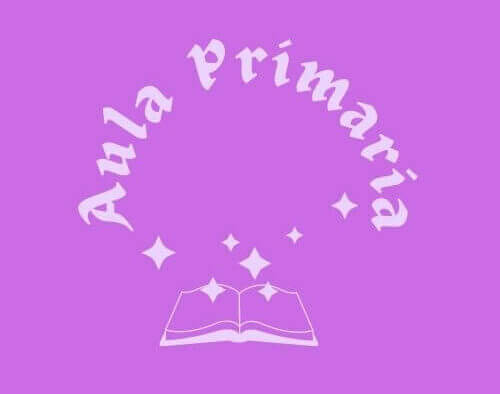Letra cursiva
Cuando se pone una palabra o una frase en cursiva, llama la atención. Sin embargo, las palabras en cursiva (tipo de letra que se inclina hacia la derecha) son un poco subestimadas y pueden no atraer la misma atención que, por ejemplo, la negrita o el subrayado. La cursiva se utiliza popularmente para llamar la atención sobre palabras específicas en un bloque de texto, pero existen ciertas reglas de estilo sobre cuándo ponerla en cursiva.
Ejemplos de lo que hay que poner en cursivaComo tantas reglas en el idioma inglés, las normas sobre cuándo usar la cursiva en el texto varían. Existen algunas normas generales sobre el uso de la cursiva. Sin embargo, para cualquier tarea escolar o presentación de una publicación, debes seguir la guía de estilo recomendada o cualquier instrucción de estilo específica que se te proporcione. Palabras enfatizadasLa cursiva se puede utilizar cuando se quiere enfatizar una determinada palabra o frase en una oración en un escrito informal. Esto no sería apropiado para la escritura académica, pero es común en muchos otros tipos de escritura.
Títulos de obras escritas independientesLas tildes son apropiadas para los títulos de obras escritas independientes, como libros y obras de teatro. Esto incluye versiones específicas publicadas de textos sagrados, pero no referencias genéricas a dichos textos.
Negrita y cursiva
Este artículo ha sido redactado por Megan Morgan, PhD. Megan Morgan es asesora académica del programa de posgrado en la Escuela de Asuntos Públicos e Internacionales de la Universidad de Georgia. Obtuvo su doctorado en inglés por la Universidad de Georgia en 2015.
Este artículo fue escrito por Megan Morgan, PhD. Megan Morgan es asesora académica del programa de posgrado en la Escuela de Asuntos Públicos e Internacionales de la Universidad de Georgia. Obtuvo su doctorado en inglés por la Universidad de Georgia en 2015. Este artículo ha sido visto 606.913 veces.
Descarga de la fuente Italic
What’s the difference? Semantics. <strong> is used to indicate that the text is fundamentally or semantically important to the surrounding text, while <b> indicates no such importance and simply represents text that should be bolded.
If you were to use <b> a text-to-speech program would not say the word(s) any differently than any of the other words around it – you are simply drawing attention to them without adding any additional importance. By using <strong>, though, the same program would want to speak those word(s) with a different tone of voice to convey that the text is important in some way.
What’s the difference? Semantics. <em> is used to indicate that the text should have extra emphasis that should be stressed, while <i> simply represents text which should be set off from the normal text around it.
While the <u> element itself was deprecated in HTMl 4, it was reintroduced with alternate semantic meaning in HTML 5 – to represent an unarticulated, non-textual annotation. You might use such a rendering to indicate misspelled text on the page, or for a Chinese proper name mark.
Cursiva deutsch
If you work exclusively in a content management system like CMS Hub or WordPress, you’re used to being able to bold, italicize, and underline text with a click of the button. But what if your toolbar doesn’t offer the exact formatting option you want? Or you’re not working in a word processor or a CMS?
No problem. All you need is some HTML and CSS. Below we’ll discuss some use cases for formatting text. Then, we’ll walk through the process for creating bold, italicized, underlined, strikethrough, subscript, and superscript text.
To bold the text in HTML, use either the strong tag or the b (bold) tag. Browsers will bold the text inside both of these tags the same, but the strong tag indicates that the text is of particular importance or urgency. You can also bold text with the CSS font-weight property set to “bold.”
When bolding text, it’s considered a best practice to use the <strong> tag in favor of the <b> tag. This is because the <strong> a semantic element whereas <b> is not. Non-semantic elements can make content localization and future proofing difficult, according to the HTML5 specification. Additionally, if the text bolding is purely stylistic, it’s better to use CSS and keep all page styling separate from the content.
